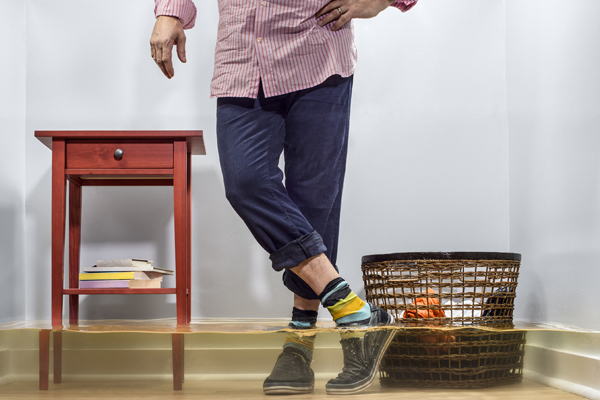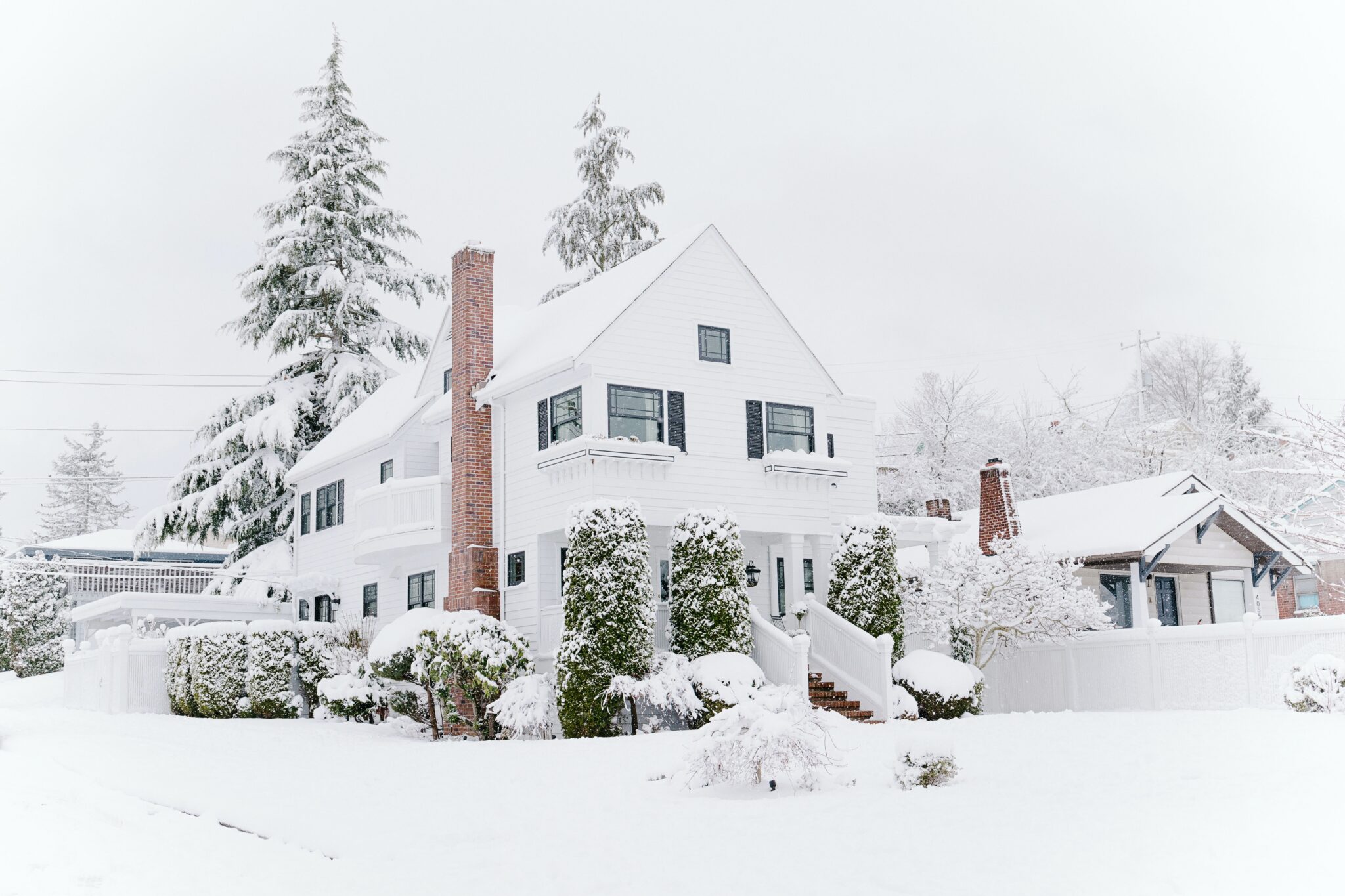Whether you have an old home or a newly built custom home, all are at risk of flooding, especially in basements. Basements are prone it flooding during heavy rainfall, like the storms recently, or when snow and ice are melting. Luckily, there are a few steps you can take to reduce the chance of this happening.
Exterior
To prevent your basement from flooding homeowners should look both outside and in. Doing seasonal cleaning and maintenance on your home’s exterior can reduce the chances of flooding and alter you to any issues. Here are a few things you can do outside your home to lower the chances of water getting in.
- Seal all cracks and leaks in the walls, windows, and foundations. Make sure that your window wells are properly sealed and fix any broken seals immediately.
- Clear gutters and downspouts of debris. When leaves and other debris build up the water is unable to drain.
- Make sure your downspouts drain away from your home. This one thing that custom home builders do, but older homes might not have this. When water is drained directly next to the home it can pool there and wear away at the foundation.
- Ensure your home is graded so that water flows away from your home’s foundation. Be sure that the water isn’t directed towards your neighbor’s homes either or you could cause their homes to flood!
- Increase the green space around your property. Plants and porous pavement absorbs water and keeps it from pooling up and entering your home.
- Fix and replace damaged weeping tiles. Weeping tile is a porous pipe is placed underground where it collects and discharges water to protect your foundation.
- Check and see if the grates around your property are cleared. Although the city is responsible for this, after a storm there may be debris blocking the drains and keeping the water from going in.
Interior
Homeowners are responsible for maintaining the plumbing from their property line to the inside of their home. Doing annual maintenance with a licensed and professional contractor is always recommended. Here’s what homeowners should look for inside their home to keep water out of their basement.
- Ensure that your plumbing and drainage systems are working. Always use a licensed plumber for any plumbing work.
- Fix any cracks and leaks on pipes. While the occasional drip might seem mild it can turn into something larger.
- Clear any blockages or clogs. Avoid getting these by not flushing items like wipes, condoms, feminine hygiene products, diapers, dental floss, and cotton swabs.
- Make sure that you are not pouring fats, grease, and oils down the drain. Either dispose of it in your green bin or collect it in a jar.
- Install a backwater valve, which is designed to close the sewer line to your home in periods of extreme rain. Do not use any plumbing fixtures when the line is closed because the water will not be able to drain.
- Install a properly sized sump pump. Due to basements being underground most require a sump pump which pumps water collected in the weeping tiles outside the home. They can stop working when a home loses power so be sure you have a backup battery or a generator on hand.
Conclusion
All homes are prone to flooding in Toronto, and basement floods have been on the rise in recent years. You may have noticed the City of Toronto’s advertisements on public transit warning residents of this. The city does provide subsidies to homeowners in installing many of these flood prevention features. Even if your home has never flooded before, even if it’s brand new, even if it’s an expensive custom built, it is still at risk. Make sure you protect your basement by following those steps. Feel free to contact us if you have any questions or concerns.





